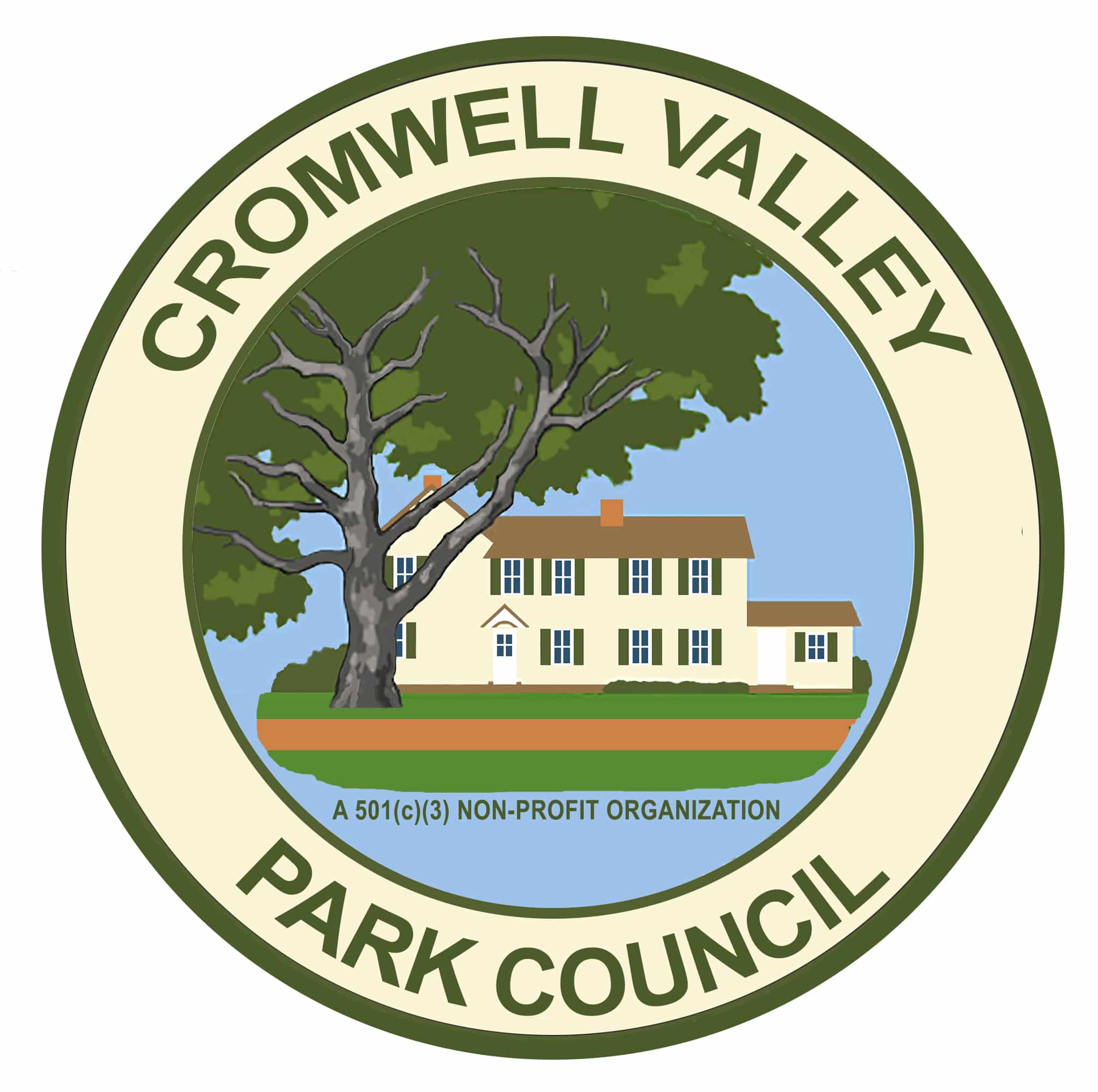This apple orchard is on the site of the original apple orchard, planted during World War II by the Sherwood Family. The original orchard was located between Wellington Woods and the farm manager’s house.
At harvest time, the apples were picked and transported to the Apple House where they were culled, washed and packed in wooden crates, stamped with the Sherwood logo, to go to market.
The apples were sold at Baltimore wholesale waterfront markets, stalls in various Baltimore City markets, and at supermarkets. The apple orchard was in use for over 40 years.
Apple Orchard Today
35 apple trees were planted on the site of the Sherwood Farm Apple Orchard that once stood in this field.
Maintaining the Orchard: Apple trees can live to be 100 years, if properly maintained, but they reach their prime at around 25 years. They require regular maintenance to ensure their health and productivity. Some of the practices followed at Cromwell Valley’s Sherwood Apple Orchard include pruning, fertilization, mulching, pest and disease control, and thinning. Trees are inspected regularly for signs of stress, disease, or insect damage. Early detection can prevent further damage and allow for prompt treatment.
Apple Facts
Apple Orchard Facts
“An apple a day keeps the doctor away.” Apples are an excellent source of fiber, vitamins, and antioxidants.
The greatest health benefits come from fresh apples and the apple peel.

